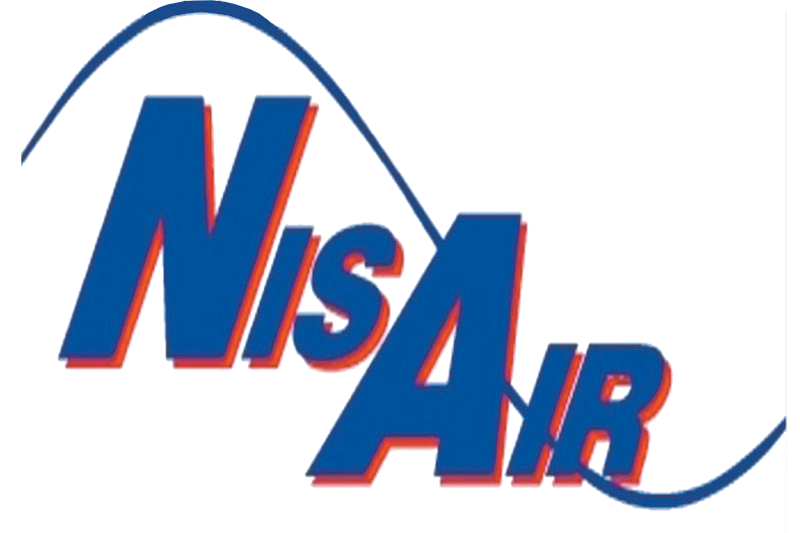How to Make Sense of SEER Efficiency Ratings
Our hot and humid South Florida summers require air conditioning to help keep us cool and comfortable. Understanding what cooling system is best for your home requires careful consideration. One thing to look for in cooling units is SEER efficiency ratings, which tell you how efficiently an A/C or heat pump converts electricity into cooling.
SEER efficiency ratings, or the Seasonal Energy Efficiency Ratio, are determined by calculating the cooling output of a system during a typical cooling season and then dividing that number by the total electric energy input of that same period. The higher the SEER rating is the more efficient the cooling system, and the more potential for you to save on future cooling costs. If your A/C or heat pump is old or on the fritz, you may want to consider upgrading to a new cooling system that qualifies for a generous federal tax credit for high-efficiency central cooling systems (by the end of 2013).
In 2006, new government standards for residential central air conditioners went into effect. New air conditioners have to achieve at least a SEER rating of 13, which is 30 percent more efficient than the previous federal minimum requirement of SEER 10. High-efficiency A/Cs nowadays usually start between SEER 14 and 16, and the ratings rise into the mid-20s. While a higher SEER cooling system will provide long-term energy savings, the purchase costs rise right along with the SEER ratings.
If your current cooling system is not performing as well as it should, or if you’re in the market for a new system, let NisAir Air Conditioning & Heating help you out. We have the training and equipment that you need. To speak with an expert about what SEER efficiency ratings are best for your home needs, please contact us today. We’re happy to serve our customers in Indian River, Martin and Palm Beach counties.

